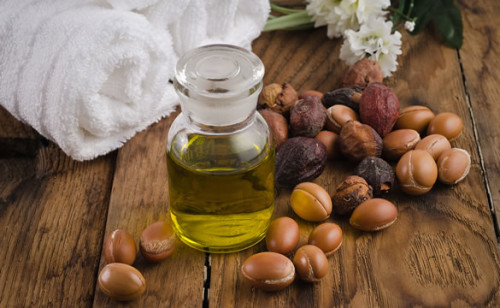You may have been advised by your doctor to take up a Mediterranean diet, and it’s no surprise when you consider that a large percentage of us regularly miss out on basic nutrition. Microwave meals and takeaways have seen our population become far less healthy, and this European-inspired way of eating reminds us how to get back to basics. You may have seen pictures depicting what a quintessential Mediterranean diet looks like, but here are a few pointers as to how to work on it.
Oils
While many Europeans enjoy a puffed-up battered dessert or snack that has been cooked in the fryer, this is not an everyday indulgence. Instead, the oil should be used sparingly. The oil you do use should be of high quality and should be used for taste as well as for cooking. You can find cold-pressed oils by specialist companies, ( such as at gringocool.com/products/organic-extra-virgin-olive-oil) which will have a much more authentic and refined taste. This is particularly useful for when using extra virgin olive oil, as this is mostly used in salad dressings. You want the oil you use to speak for itself in terms of flavor, and not just seep into the background.

Oily fish
Oily fish is a huge part of the Mediterranean diet, not just because of its availability in countries such as Italy and Spain, but also because of its health benefits. Omega 3 is vital for your general health and immune system, and oily fish is also full of protein: ideal for keeping you full. If your aim this year was to cut down on saturated fats, then fish such as salmon and mackerel are full of natural, healthy fats.
Easy on the dairy
While it may be an appealing idea, unfortunately, ‘Mediterranean diet’ does not refer to endless pizzas and large quantities of pasta topped with cheese. Instead, the general advice for a Mediterranean diet is to go easy on the dairy. Of course, cheese is a brilliant source of protein, but as with everything, only in moderation.
Fiber
One major consideration for a Mediterranean diet is where you get your fiber from. Of course, continentals certainly enjoy their fair share of white bread, but this is usually completely fresh, and not in copious amounts. Also in their diet are plenty of whole-grains and vegetables; these are always recommended by dieticians to aid your satiety and help you to feel fuller for longer. Also, in fibrous foods such as pulses, fruits and vegetables are your much-needed vitamins and minerals for a long and healthy life.
In many ways, a Mediterranean diet can be easily translated to ‘a balanced and healthy diet’. Unlike the Keto or Paleo diet, it doesn’t eliminate carbohydrates, making it much easier to sustain. If you are a fussy eater, then the best way to ease yourself into this diet is to start adding fruits gradually, vegetables and whole-grains, and to start cooking with olive oil (in moderation, of course).
